Injection Safety
Providing or injecting vaccine safely is essential for both the client and the provider. Unsafe injections can lead to the transmission of diseases such as HIV and hepatitis. Unless the waste materials of the injection process are disposed of safely, they may result in the spread of infection and cause injury.
Every injection must be safe.
An injection is safe for the:
- The client, when a sterile syringe and a sterile needle and appropriate injection techniques are used or do not harm the recipient.
- Health worker, when she or he avoids needle-stick injuries or does not expose the provider to any avoidable risk.
- Community, when used injection equipment is disposed of correctly and does not result in dangerous waste.
Standard procedures for giving safe injections
First, you should always follow the standard procedures (also known as Universal Precautions) for preventing infection and injury when you are giving an injection (Figures 5.1-5.3)
Before providing or giving an injection you should:
- Wash your hands thoroughly with soap and water, and allow them to "air dry".
- Prepare all the equipment you need and lay it out on a clean tray that has been swabbed with an antiseptic solution.
- Organise your equipment to minimise the risk of injury from needles and broken glass.
- Make sure there is a safety box nearby for the safe disposal of used syringes and needles..
- Make sure that children are securely held by someone they know and trust, in the correct position to enable you to give the injection. You can't hold the child because you need both hands to give the injection.

Fig. 5.1. Hand washing.
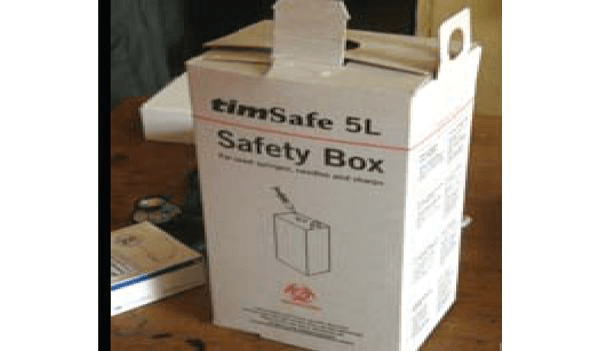
Fig. 5.2. A standard safety box.
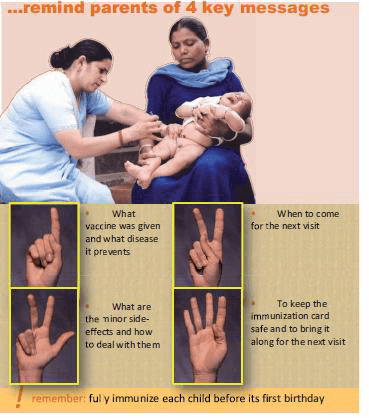
Fig. 5.3. The mother or another caregiver should hold the child securely like this.
Handling syringes and needles safely
You have to hold a syringe to give an injection. Any part of the syringe that you touch becomes contaminated, so you should not touch parts that come into contact with the vaccine or the child (Figure 5.4).
Do not touch:
- The shaft of the needle.
- The bevel of the needle.
- The adaptor of the needle.
- The adaptor of the syringe.
- The plunger seal of the syringe
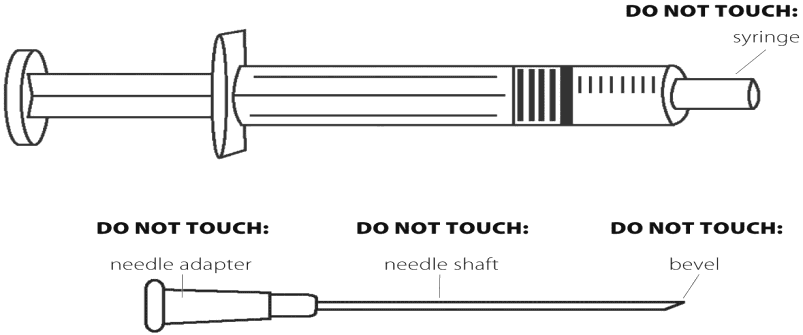
Fig. 5.4a. Parts of a syringe and needle that must not be touched.
You may touch:
- The barrel.
- The plunger top.
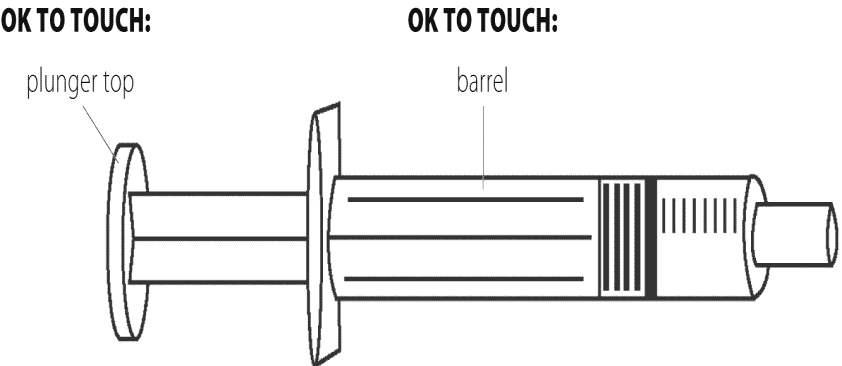
Fig. 5.4b. Parts of a syringe and needle that can be touched.
Follow Proper Steps in Vaccine Reconstitutions
Steps for reconstituting vaccines
The diluent for reconstituting BCG and measles vaccines is usually held in ampoules, which are glass bottles that you open by breaking off their pointed glass tops (Figure 5.5).
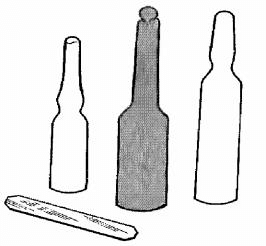
Fig. 5.5. Ampoules and metal file.
- Read the label on the ampoule to be sure that:
- It is the diluent the manufacturer sent with the vaccine.
- The vaccine has not expired (check expiry date).
- The diluent should be at the same temperature as the vaccine. The diluent should not be hot.
- There are no cracks on the ampoule.
- Open an ampoule as follows (Figure 5.6):
- Hold it between your thumb and middle finger.
- Use your index finger to support the top.
- Take the metal file that is packed with the ampoules and file hard around the neck of the ampoule you wish to open.
- Wipe the outside of the ampoule with cotton wool and clean water. This removes pieces of glass produced by filing and prevents them from getting the vaccine.
- Hold the ampoule in a piece of clean gauze and gently break off the top. It breaks where you made the scratch.
- Draw diluent into syringe (Figure 5.7):
- Choose a sterile mixing (5ml) syringe and sterile needle and use only one time for reconstituting one vial of vaccine.
- Fix the needle tightly into the syringe.
- Put the needle on the open top of the ampoule and pull back the plunger to draw all the diluent from the ampoule into the syringe.
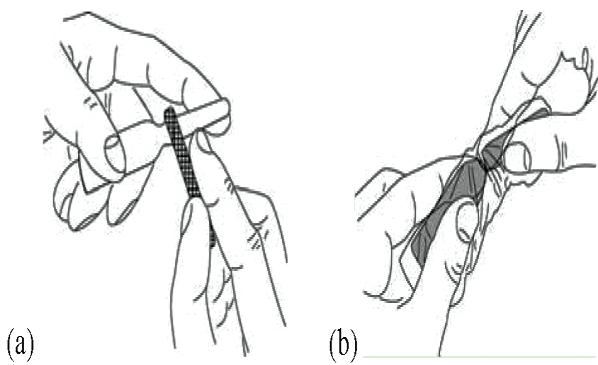
Fig. 5.6. (a) Scratching and (b) Breaking the neck of an ampoule.
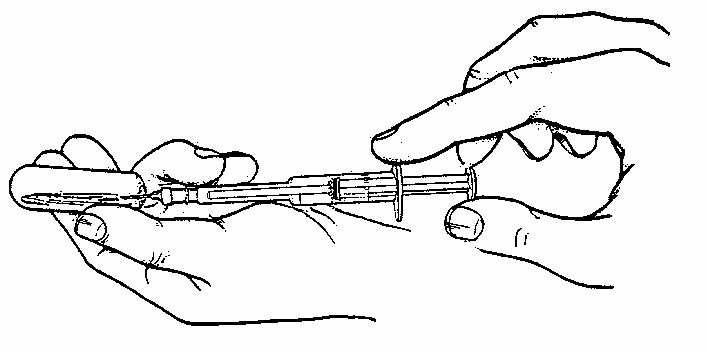
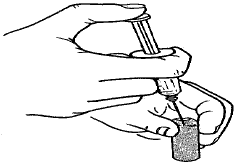
Fig. 5.7. It shows how rod row diluents and reconstitute powder vaccine (BCG and measles).
Remember
Use ONLY the diluent that the manufacturer sends with the vaccine.
- BCG diluent with BCG vaccine.
- Measles diluent with measles vaccine.
Safe Waste Disposals
The immunisation program should not put the community in any danger. Proper disposal of waste is an important issue and should always be planned from the very beginning. In particular, you need to plan how you will dispose of the used vials, ampoules, syringes and needles after an immunisation session. In this section, you will learn about possible methods of disposing of waste safely. You may not have access to the best waste disposal method, so you may need to think about what innovations could be made to ensure that you keep the environment safe for the local community. You will need to select the most appropriate disposal method and site for the particular circumstances in your area. See it's detailed on hygiene and environmental health module study session 15.
Disposing of syringes and needles
All used syringes and needles must be safely disposed.
Equipment for Disposal
- Before disposal, used syringes and needles should be placed in a puncture-proof container.
- Special puncture-proof boxes for collection and destruction by burning may be purchased (Figure 5.8). These are waterproof and tamper-proof, and needles cannot pierce them.
- Alternatively, you may use containers made of thick plastic or thick cardboard, for collecting syringes and needles and transporting them to an incinerator or another site where they can be burned and buried.

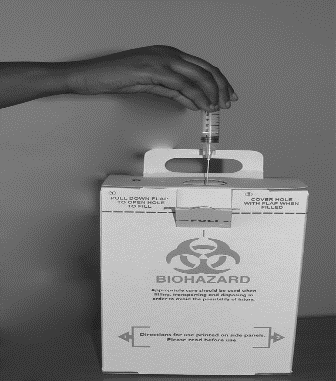
Fig. 5.8 (A). Handmade safety disposal box (B) standard Safety disposal box.
Incineration and other methods of burning waste
Incineration means burning at very high temperatures under controlled conditions in an incinerator designed for this purpose. Incineration is a good way of disposing of waste because it completely destroys needles, syringes, glass vials, and infectious agents by burning at very high temperatures (Figure 5.9).
However, you may not have an incinerator (also known as a "protected hearth") within reach of your Health Post. You could discuss the need for a proper facility for waste disposal with others in your community, such as Agricultural Extension Workers and kebele leaders. It might be possible to build an incinerator for you all to use.
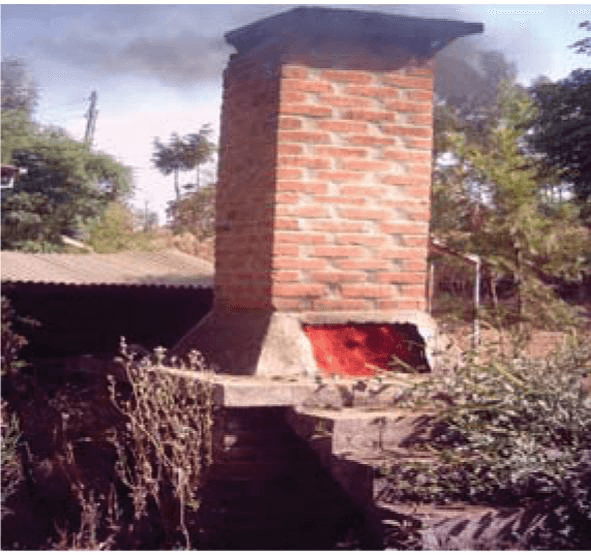
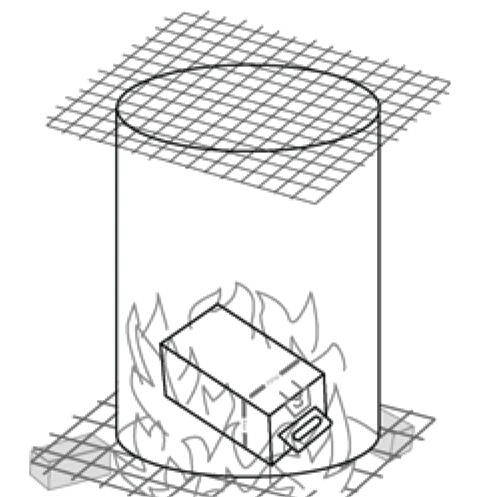
Fig. 5.9. (a) An incinerator (b) metallic drum use for burning health care waste.













